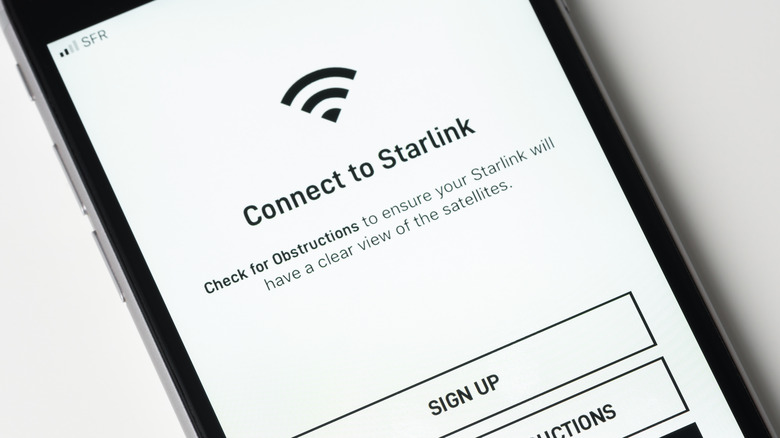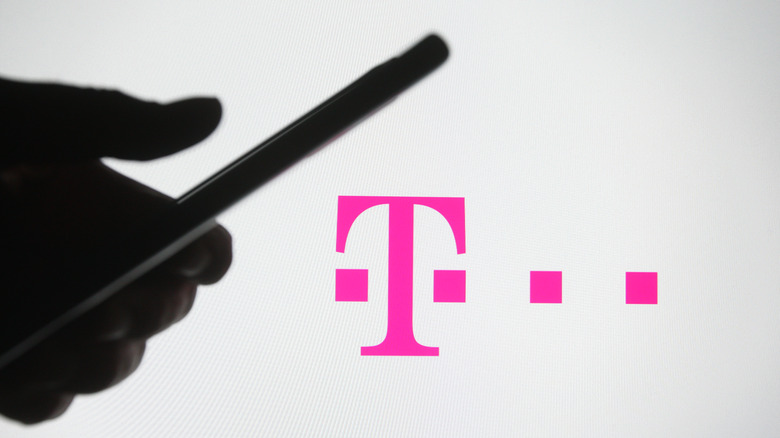T-Mobile Taps Starlink To Expand Mobile Coverage Using Satellite Internet
As rumored only a day ago, Elon Musk's SpaceX has teamed up with T-Mobile to offer a unique new connectivity option that'll revolve around the Starlink satellite internet network, one the companies say will work with (most) subscribers' existing smartphones. Put simply, T-Mobile wireless customers will be able to connect to Starlink's satellite internet service from their mobile devices, greatly expanding connectivity options and coverage to help pick up where 4G and 5G leave off. The partnership was announced during a live event on Thursday, August 25, which was broadcast on the SpaceX Twitter and YouTube accounts. As part of the event, T-Mobile declared that this effort will bring about "the end" of coverage dead zones, though it'll be many months before we see that reality arrive.
Starlink is exploding in popularity, though its Residential rollout is still frustratingly slow for many people who hope to get access to broadband speeds. The satellite-based service is unlike that of competing companies in the sense that it uses satellites launched into low-Earth orbit, meaning they're able to offer speeds and reliability previously unavailable over satellite networks. The company has since launched an RV plan, too, which allows users to connect to the internet while traveling around domestically, and it recently announced a plan that offers a big compromise for those who are getting impatient: the Best Effort tier.
T-Mobile's Above and Beyond plan taps satellites to eliminate dead zones
According to T-Mobile, it will tap Starlink to bolster its mobile connectivity service, an effort that will go live in some form by the end of next year. Under the Coverage Above and Beyond effort, the carrier will enable messaging over the Starlink network, later expanding that support to toss in data access and voice calls. The plan emphasizes the unique nature of Musk's satellite internet service and the ways in which it may prove useful — ways that traditional cable and DSL services aren't able to match.
As it stands, 5G gets all of the attention when it comes to high-speed wireless internet access, and the connectivity option holds a lot of promise for more than just watching 4K movies on smartphones. Access to broadband essentially anywhere will be particularly useful for the Internet of Things market, enabling large fleets of devices to wirelessly connect with each other and users, not to mention the potential for connecting scientific equipment like remote sensors to those wireless networks.
The truly high-speed 5G network technology is very limited in scope, however, in the literal sense — that is, it's hard to find a spot where you can get access to the mmWave option. For the time being, at least, that may be where Starlink comes in handy, essentially filling in the gaps within T-Mobile's existing network. Though some details are still missing at the time of writing, Musk and T-Mobile CEO Mike Sievert said during the press event that the majority of smartphones on T-Mobile's network will work with the Starlink-based service when it goes live. Though we'll have to wait for all of the details to drop, the duo did say the plan will first arrive as an open beta.

